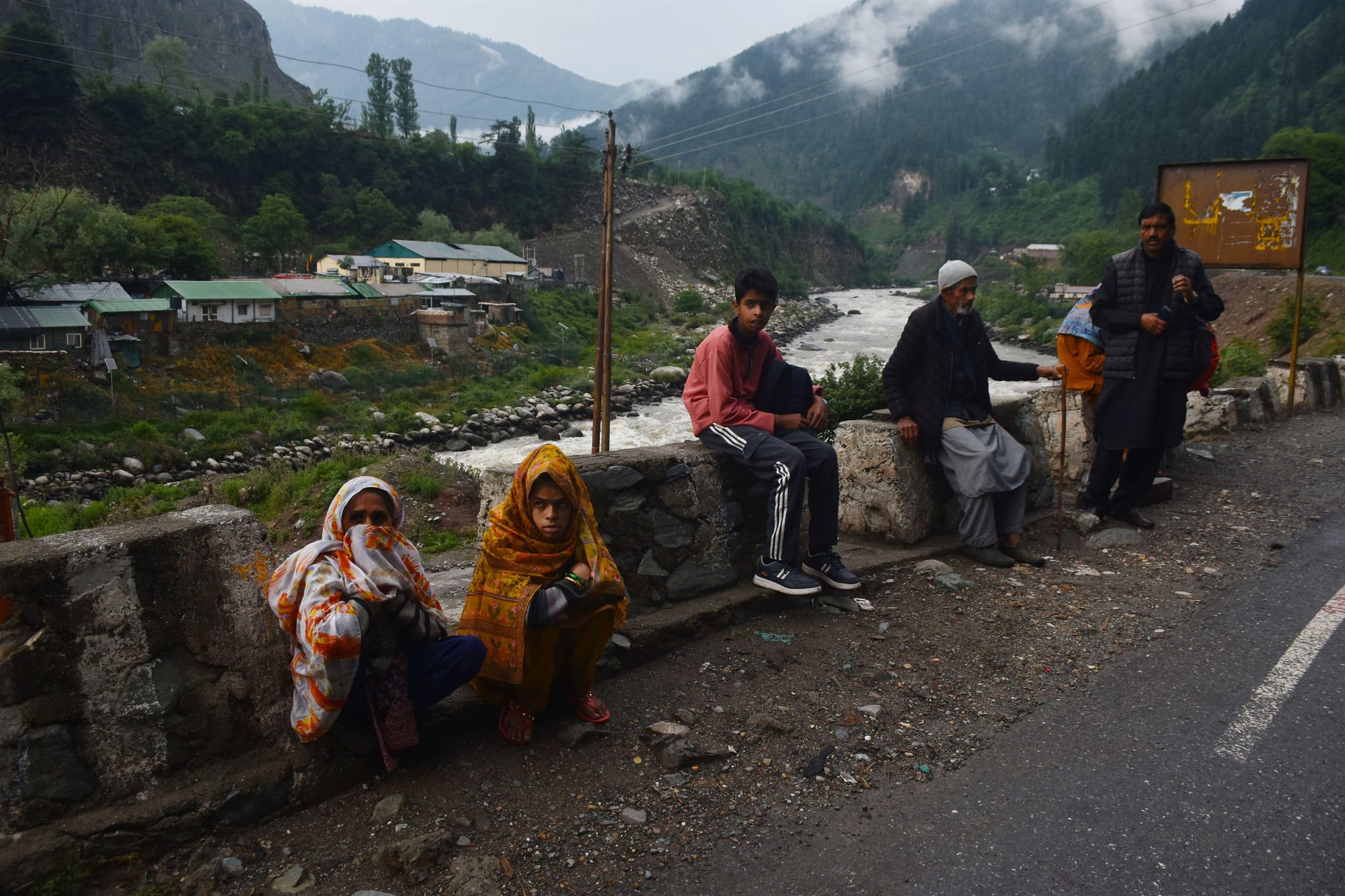Fear lingers in Kashmir
Adil Hussain and Nikita Jain in Kashmir

Long queues and anxious faces can be seen outside the petrol pump in Srinagar, a town in India-administered Kashmir. It’s early May and, amidst escalating conflict between India and Pakistan, uncertainty looms and people are scared. ‘We do not know what is going to happen,’ Furkan Mir, a resident told New Internationalist. ‘I am constantly watching social media to get the updates, but it is giving me more anxiety.’ Just a few days after, a sudden peace deal brought an abrupt halt to the violence, but fears continue to linger amid an uneasy truce.
Tensions between the nuclear-armed neighbours broke out after a militant attack on 22 April in Pahalgam that killed 25 tourists and a local guide – most of them Hindus. Although no groups have claimed responsibility, the Indian government accused Pakistan of having ‘linkages’ to the violence. In response, India launched a large-scale military offensive in the early hours of 7 May, after demolishing several homes of suspected militants and ordering all Pakistani diplomats and nationals to be deported.
In the weeks that followed, both countries had conducted counter-attacks along the line of control, the border that divides Kashmir between Pakistan and India. On 12 May, a ceasefire was announced after intervention from the US, but not before drone attacks and shelling that killed at least 50 civilians.
Since the ceasefire was announced, locals have expressed both relief and anger. ‘These past few days were full of terror,’ Ayushi Malik told New Internationalist. ‘At this time, even if the ceasefire is limited, we will take it.’
Bordering Pakistan, Malik’s home of Jammu city was most vulnerable to cross-border shelling, and many of her neighbours left their houses in order to survive. ‘So many people died, and there was so much loss to private property,’ she said. ‘Who is going to bring that back? This situation could have been handled in a better manner.’
Others are still reeling from the shock of being ordered to leave. Zahida Begum, a Pakistani national living in the Gunpora border town was told that she and her family must leave Kashmir. ‘I can’t go back,’ she says. ‘My parents are very old. My brother is … telling me not to come back, things are too expensive there.’
The conflict unfolded in a region already in the grips of a heavily militarized occupation where surveillance and recurring internet shutdowns are rife. Conditions worsened for Kashmiris in 2019, when Modi’s government revoked the region’s limited autonomy. Since then, Modi has pushed a narrative of peace and tourism-driven normalcy in the Valley.
Yet, for those living in Kashmir, there was never any normalcy, and the Pahalgam attacks risk making conditions even worse. At the time of writing, over 2000 Kashmiri men have been detained, and the region has seen an increase in checkpoints, surveillance and police raids. As Srinagar resident Safina Zargar says, ‘Kashmiris always bear the brunt of tensions between India and Pakistan’.
— Adil Hussain and Nikita Jain
👓 Revisit Pranay Somayajula's 2023 piece on how the Indian state’s promotion of tourism in Kashmir is a strategy to legitimize its military occupation
🪙 Donate to the Kashmir Welfare Foundation to help residents recover from the recent cross-shelling
📖 For broader context on political resistance in Kashmir, explore the radical reading list Ammar Bukhari compiled for NI in 2019
✊ Get involved with Stand With Kashmir, a US-based global solidarity network
Read the latest issue of New Internationalist
Like what you've read? Support us with a tip
Looking for more? Listen to our podcast The World Unspun
Shop ethical goods at our very own Ethical Shop

